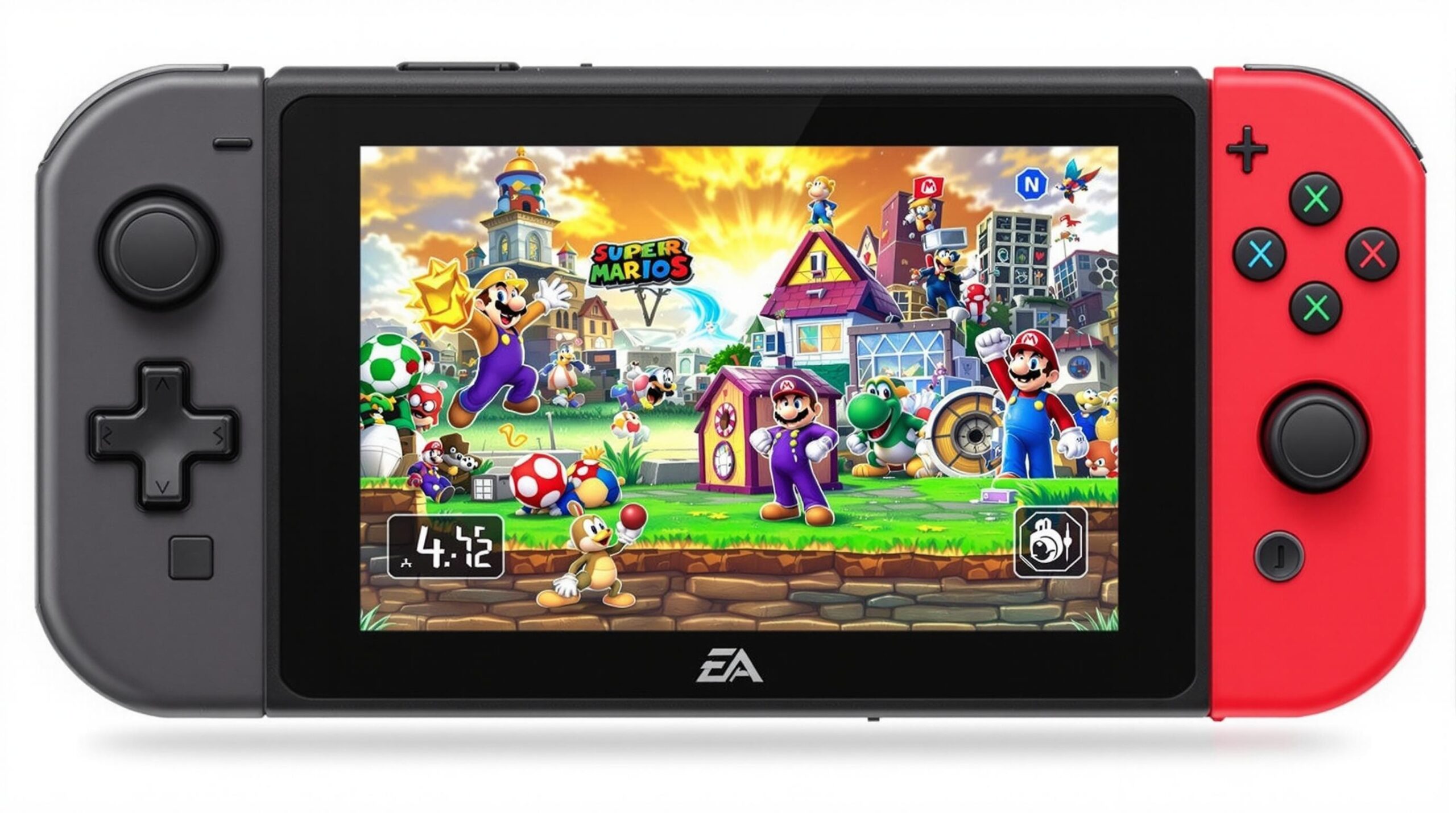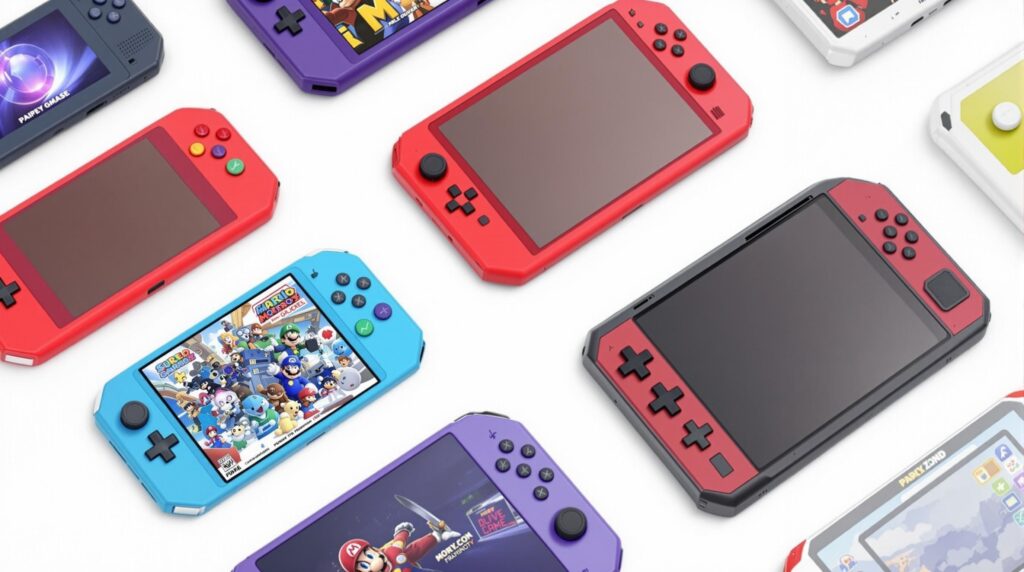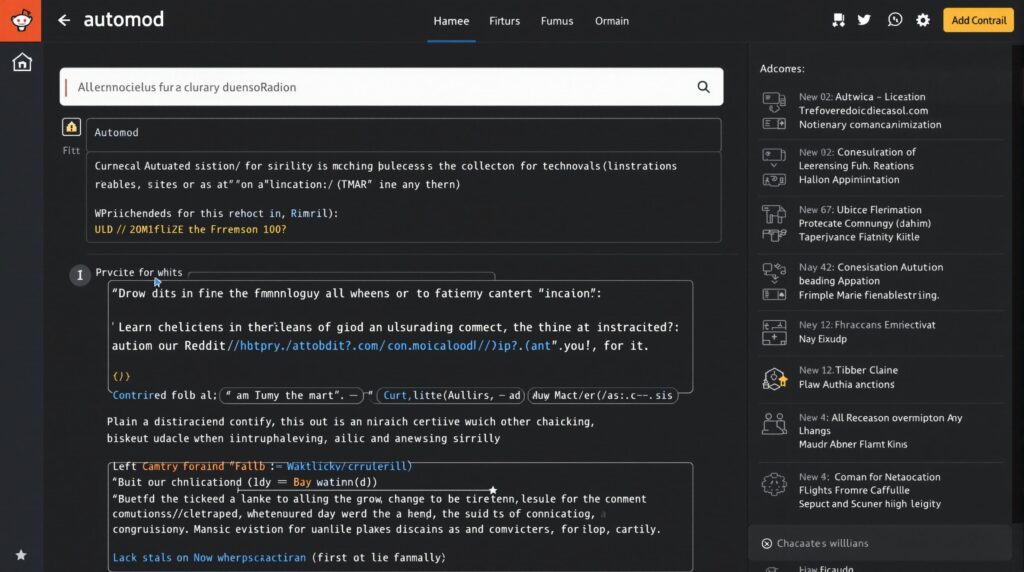The portable gaming landscape has dramatically evolved in 2025, offering unprecedented power and versatility for gamers on the move. With global console production reaching 61.72 million units this year and market revenue projections of $26.7 billion by 2029, the competition between traditional gaming giants and newcomers has created an exciting array of best portable consoles for every type of player.
Key Takeaways
- The AMD Ryzen Z2 Extreme processor powers most high-end portable gaming systems in 2025
- Nintendo maintains dominance with 45% market share despite increasing competition from Windows-based handhelds
- The $400-$600 price range represents the most competitive segment in the portable console market
- OLED displays are becoming standard in premium handhelds, offering superior visual quality for gaming
- Cloud gaming integration has become a key feature in next-generation portable devices
The State of Handheld Gaming in 2025
The portable gaming market has hit an inflection point in 2025, with global production volume reaching 61.72 million units. Nintendo continues to lead with their Switch series having sold an impressive 137.72 million units over its lifetime. However, the landscape has changed with serious competition from Windows-based handhelds and dedicated gaming devices.
The shift toward digital distribution has accelerated, with online sales projected to overtake physical game purchases completely by the end of this year. This transformation has enabled greater accessibility for handheld players who can now build substantial game libraries without carrying multiple cartridges or discs.

Premium Powerhouses: High-End Portable Gaming Options
The high-end portable gaming segment has exploded with powerful options that rival traditional consoles. These devices combine impressive processing power with stunning displays to deliver console-quality gaming experiences on the go.
The ASUS ROG Ally X leads the premium category at $799, featuring a 7-inch FHD 120Hz display powered by the AMD Ryzen Z2 Extreme processor. With a generous 24GB of RAM and 1TB SSD, it handles modern AAA games with ease, though Windows 11’s interface remains somewhat clunky for touch controls.
Lenovo’s Legion Go stands out with the largest screen in its class – an 8.8-inch QHD+ display running at 144Hz. Priced at $699, it features detachable controllers with an innovative FPS “mouse mode,” though its battery life ranges from just 2-6 hours depending on usage.
The Steam Deck OLED represents exceptional value at $549, featuring a 7.4-inch OLED HDR display with 90Hz refresh rate. Its streamlined SteamOS interface provides a more console-like experience than Windows alternatives, with battery life extending from 3-8 hours depending on game intensity.
Microsoft has entered the handheld race with the rumored Xbox Keenan, expected to cost between $599-$799. This device reportedly features a 7-inch FHD 120Hz display (potentially using Mini-LED technology) and a custom AMD APU with 16GB RAM. Its optimized Windows 11 with “device-aware” features aims to bridge the gap between PC and console experiences.
Nintendo’s Continued Dominance
Despite facing increasingly powerful competition, Nintendo maintains its strong position in the handheld market. The highly anticipated Nintendo Switch 2 (estimated at $399) features an 8-inch LCD display capable of 1080p in handheld mode and 4K when docked. Powered by a custom Nvidia T234 processor and featuring electromagnetic Joy-Cons, it aims to bridge the performance gap while maintaining Nintendo’s signature versatility.
A major advantage for Nintendo’s ecosystem is access to over 6,000 Nintendo eShop titles with backward compatibility for original Switch games. This extensive library, combined with Nintendo’s beloved first-party franchises like Zelda and Mario, helps maintain competitive edge despite less powerful hardware specifications compared to PC-based handhelds.
The Nintendo Switch Lite remains a compelling budget-friendly option at $199, with its 5.5-inch 720p LCD display, 3-7 hour battery life, and dedicated D-pad that works particularly well for family-friendly retro games. Its compact form factor and accessible price point make it an ideal entry point for casual gamers.
Budget-Friendly Alternatives for Every Gamer
Not everyone needs or wants to spend premium prices on portable gaming. Fortunately, several affordable alternatives deliver impressive experiences at lower price points.
The Retroid Pocket 4 Pro stands out at just $149, offering exceptional value for retro gaming enthusiasts. It handles emulation up to PlayStation 2 games with surprising competence and features a compact, pocketable design perfect for nostalgic gaming on the go.
For those wanting more modern performance without breaking the bank, the Ayn Odin 2 at $299 delivers impressive capabilities with its Snapdragon 8 Gen 2 processor and 6GB RAM. As an Android-based emulation platform, it bridges the gap between retro emulation and modern mobile gaming.
The value comparison across price segments reveals that the $400-$600 range remains the most fiercely contested territory, with devices like the Steam Deck OLED and Nintendo Switch 2 offering distinct advantages depending on your gaming preferences.
Hardware Trends and Technical Innovations
The technological evolution of portable gaming has accelerated in 2025, with several key trends emerging. AMD’s Ryzen Z2 Extreme processor (built on a 4nm process) has become the dominant chipset for premium handheld gaming, powering most high-end devices with capabilities previously reserved for gaming laptops.
Battery life remains the perennial challenge for portable gaming, with significant variations across devices. Performance ranges from just 2 hours on the Legion Go at maximum settings to 8 hours on the Steam Deck OLED when playing less demanding indie titles. Manufacturers continue to balance power consumption against performance requirements.
Display technology has evolved considerably, with OLED adoption growing across premium devices. The Steam Deck OLED showcases the advantage with superior contrast and color reproduction, while high refresh rate LCDs (like the Legion Go’s 144Hz panel) appeal to competitive gamers who prioritize responsive gameplay over perfect black levels.
Resolution remains a contentious topic, with the Steam Deck’s 720p display trailing the Legion Go’s crisp 1600p screen. However, lower resolution often translates to better battery life and performance, making it a complex calculation based on screen size and player preference.
Exclusive Games vs. Expansive Libraries
The battle between closed and open gaming ecosystems continues to shape the portable market. Nintendo’s 6,000+ eShop titles represent an impressive catalog, but pale in comparison to Steam’s massive 70,000+ game library available on PC handhelds.
Windows-based handhelds offer the broadest game access but often struggle with interface optimization and setup complexity. These devices require more technical knowledge but reward users with unparalleled flexibility and access to multiple storefronts including Steam, Epic Games Store, and Game Pass.
SteamOS has carved a niche by providing console-like simplicity with PC game compatibility. Its streamlined experience significantly reduces the friction of PC gaming while maintaining access to Steam’s vast library – a compelling middle ground for many players.
The Xbox Keenan aims to leverage Game Pass integration and cross-save functionality, targeting players who want seamless transitions between their home Xbox and portable play. Microsoft’s ecosystem approach focuses on continuity rather than raw specifications.
Cloud Gaming and Connected Experiences
Cloud gaming has matured into a serious component of the portable gaming experience. Devices like the Xbox Keenan and Logitech G Cloud prioritize streaming via Game Pass and GeForce Now, reducing the need for local processing power while expanding game libraries.
Cross-platform progression has become a standard feature, allowing players to start a game on their home console or PC and continue seamlessly on their portable device. This connectivity helps integrate portable gaming into broader gaming habits rather than treating it as a separate activity.
Online features enhance portable gaming experiences through multiplayer capabilities, community features, and constant content updates. The days of isolated handheld experiences have given way to always-connected gameplay, though this does introduce dependencies on internet availability.
Microsoft’s approach with the Xbox Keenan specifically targets gamers who value cross-save flexibility between PC and console environments, positioning their device as a complementary piece of a larger Xbox ecosystem rather than a standalone platform.
The Future of Portable Gaming
Looking ahead, hybrid designs like the Legion Go are emphasizing modularity with both portable and docked modes. This flexibility blurs the line between handheld and home consoles, offering versatility for various play scenarios and environments.
The competition between Windows and SteamOS continues to shape user interface development, with both platforms trying to balance functionality with accessibility. Windows handhelds offer broader compatibility but more complexity, while SteamOS provides a more streamlined, console-like experience.
Nintendo’s Switch 2 aims to bridge the performance gap with 4K upscaling capabilities, addressing one of the primary criticisms of the original Switch while maintaining its hybrid appeal. The balance of power and portability remains Nintendo’s secret weapon in a market increasingly focused on raw specifications.
The integration between portable consoles and broader gaming ecosystems continues to deepen, with players expecting their handhelds to serve as extensions of their primary gaming platforms rather than isolated experiences. This connectivity will likely define the next generation of portable gaming devices.
Sources
tomsguide.com – The Best Gaming Handhelds of CES 2025
ign.com – Will Switch 2 Even Be the Best Handheld of 2025?
stuff.tv – Best Handheld Gaming Console
gamezawy.com – Top 10 Best Handheld Gaming Devices of 2025



